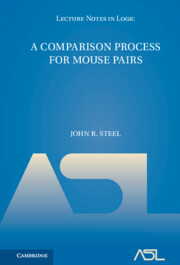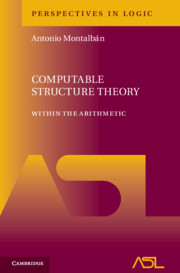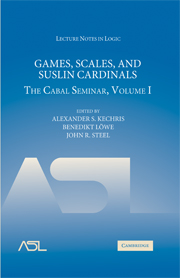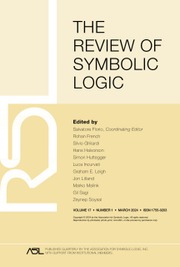A Comparison Process for Mouse Pairs
This book proves some important new theorems in the theory of canonical inner models for large cardinal hypotheses, a topic of central importance in modern set theory. In particular, the author 'completes' the theory of Fine Structure and Iteration Trees (FSIT) by proving a comparison theorem for mouse pairs parallel to the FSIT comparison theorem for pure extender mice, and then using the underlying comparison process to develop a fine structure theory for strategy mice. Great effort has been taken to make the book accessible to non-experts so that it may also serve as an introduction to the higher reaches of inner model theory. It contains a good deal of background material, some of it unpublished folklore, and includes many references to the literature to guide further reading. An introductory essay serves to place the new results in their broader context. This is a landmark work in inner model theory that should be in every set theorist's library.
- Proves important new theorems in inner model theory for large cardinal hypotheses in set theory
- Includes a good deal of background material, references to the wider literature, and an introductory essay placing the new results in context
- The first accessible introduction to the higher reaches of inner model theory
Product details
November 2022Hardback
9781108840682
548 pages
235 × 157 × 37 mm
0.97kg
Available
Table of Contents
- 1. Introduction
- 2. Preliminaries
- 3. Background-induced iteration strategies
- 4. More mice and iteration trees
- 5. Some properties of induced strategies
- 6. Normalizing stacks of iteration trees
- 7. Strategies that condense and normalize well
- 8. Comparing iteration strategies
- 9. Fine structure for the least branch hierarchy
- 10. Phalanx iteration into a construction
- 11. HOD in the derived model of a HOD mouse
- References
- Index.





